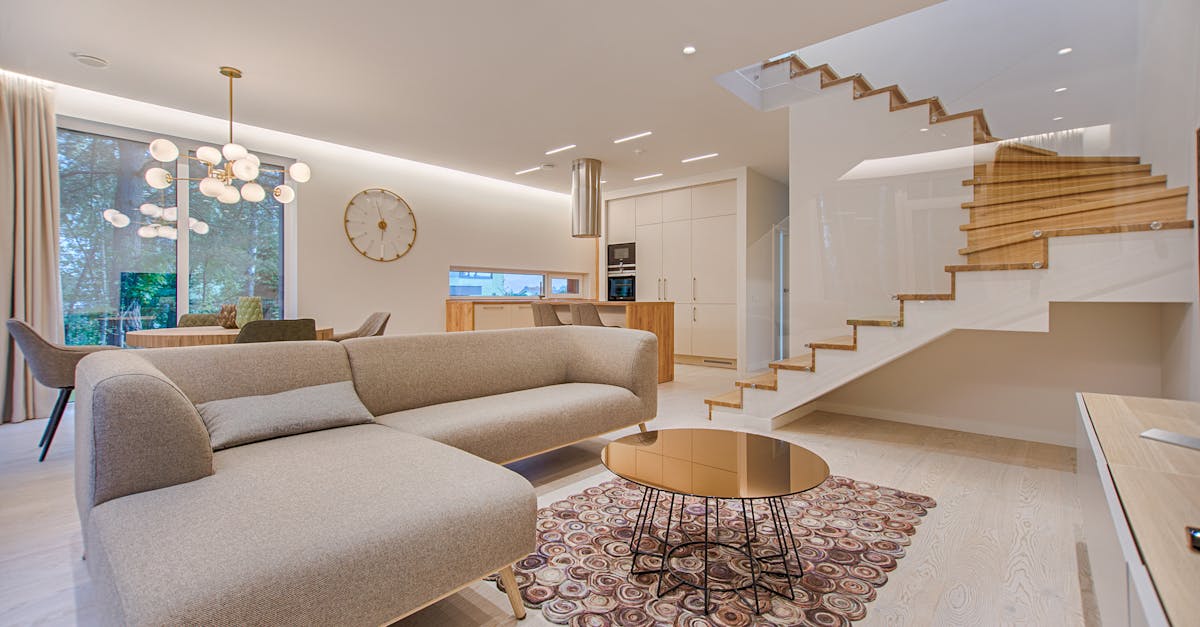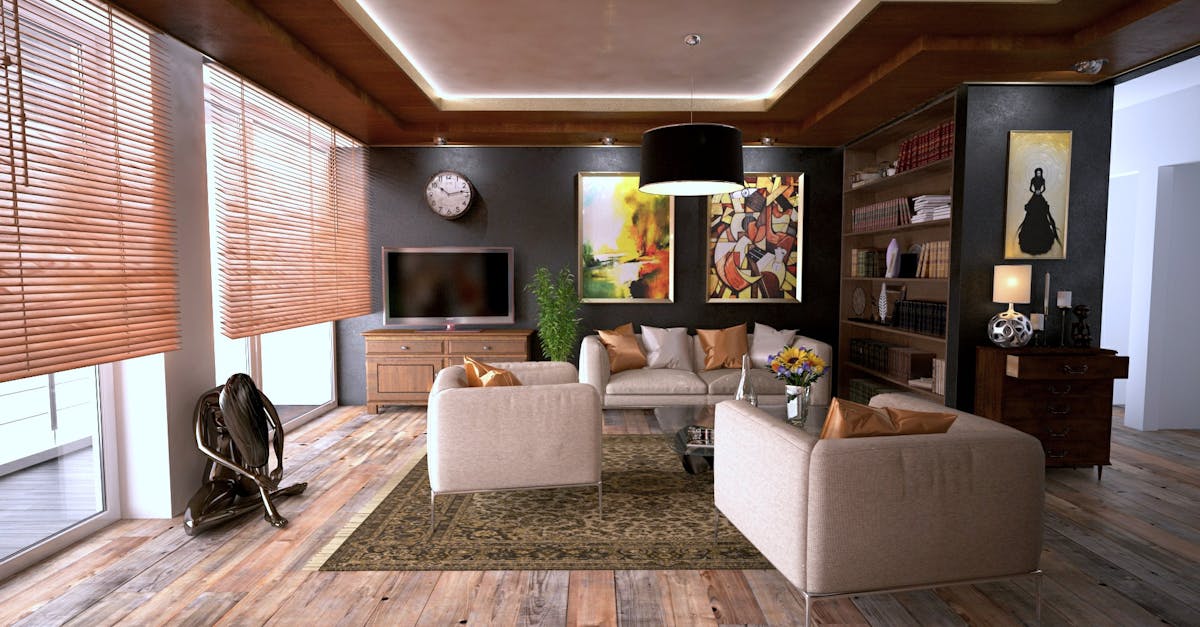
Table Of Contents
Common Mistakes to Avoid in Rendering
When it comes to rendering and visualization in graphic design, there are several common mistakes that designers should be mindful of in order to create high-quality outputs. One prevalent error is the overuse of effects and filters, which can often result in a cluttered and distracting final product. While effects can enhance the overall look of a design, excessive use can diminish the clarity and cohesiveness of the rendered image. It is important for designers to exercise restraint and focus on using effects purposefully to elevate the visual impact of the design.
Another mistake to avoid in rendering and visualization is neglecting to optimize the final output for various platforms and devices. In today's digital landscape, designs are viewed across a wide range of screens and resolutions, making it crucial to ensure that the rendered visuals are adaptable and scalable. Failure to optimize a design for different platforms can lead to distortion or loss of quality, ultimately diminishing the overall effectiveness of the visual communication. Designers should always consider the end-user experience and tailor their rendering techniques to suit the intended viewing platforms.
Overcoming Challenges for Professional Results
Rendering and visualization play a crucial role in achieving professional results in graphic design. One common challenge designers face is ensuring that the final output accurately reflects the initial concept. To overcome this hurdle, it is essential to communicate effectively with clients or team members to maintain a clear vision throughout the design process. Additionally, staying organized and setting realistic timelines can help prevent rushed decisions that may compromise the quality of the final rendered product.
Another challenge in rendering and visualization is achieving optimal lighting and textures to enhance the overall visual impact. Designers often find it challenging to strike a balance between creativity and technical precision. To address this issue, mastering the tools and software applications specific to rendering can significantly improve the quality of the design output. Experimenting with different techniques and seeking feedback from peers or mentors can also provide valuable insights for refining rendering skills and achieving professional results.
Advancements in Rendering Technology
Advancements in rendering technology have greatly influenced the field of graphic design in recent years. The continuous evolution of software and hardware capabilities has led to unprecedented levels of realism and detail in rendering and visualization. Designers now have access to sophisticated tools that enable them to create stunning visuals that were previously only possible through intensive manual labour.
The integration of artificial intelligence and machine learning algorithms has further expanded the possibilities for rendering and visualization in graphic design. These technologies can assist designers in automating repetitive tasks, enhancing efficiency, and refining the quality of their work. With constant innovations in rendering technology, the boundaries of creativity in graphic design are continuously being pushed, allowing for more intricate and captivating renderings to be produced.
Exploring the Future of Graphic Design Rendering
As technology continues to evolve at a rapid pace, the future of graphic design rendering holds exciting prospects for designers and artists. The seamless integration of rendering and visualization tools promises to revolutionize the way creative professionals bring their ideas to life on screen. Enhanced rendering capabilities offer a more dynamic and immersive experience for users, pushing the boundaries of what is possible in the realm of digital design.
Moreover, the future of graphic design rendering is closely tied to advancements in augmented reality (AR) and virtual reality (VR) technologies. These emerging platforms are poised to transform the way individuals interact with visual content, opening up new possibilities for designers to create captivating and interactive experiences. By leveraging the power of rendering and visualization in AR and VR applications, designers can create whole new worlds and engage users in innovative ways.
Incorporating Rendering into Branding Strategies
When it comes to branding strategies, incorporating rendering can be a game-changer. As technology advances, the use of rendering and visualization in branding has become increasingly popular among businesses looking to enhance their brand identity. By incorporating high-quality graphics and visual elements in branding materials, companies can create a more engaging and memorable brand experience for their target audience.
When done effectively, rendering and visualization can help businesses stand out in a crowded market. From creating realistic product mockups to designing immersive brand experiences, the possibilities are endless. Utilizing rendering technology in branding strategies allows companies to showcase their products or services in a visually appealing way, helping to capture the attention of potential customers and leave a lasting impression.
Enhancing Brand Identity through Visual Rendering
Enhancing brand identity through visual rendering is a strategic approach that can help businesses effectively communicate their message to the target audience. By leveraging the power of rendering and visualization, brands can create visually appealing and cohesive designs that embody their values and ethos. Through the use of colour palettes, typography, and imagery, visual rendering can evoke specific emotions and perceptions that resonate with consumers and reinforce brand recognition.
Incorporating rendering techniques into branding strategies allows companies to establish a strong visual presence that sets them apart from competitors. Whether through logo design, packaging, or marketing materials, visual rendering plays a crucial role in shaping the overall brand image. By consistently applying rendering and visualization principles across various touchpoints, businesses can build a cohesive brand identity that fosters brand loyalty and trust among consumers.
FAQS
What is rendering in graphic design?
Rendering in graphic design refers to the process of creating a photorealistic or non-photorealistic image from a 2D or 3D model. It involves adding textures, lighting, and other elements to enhance the visual appeal of the design.
How is rendering used in graphic design?
Rendering is commonly used in graphic design to create realistic depictions of products, buildings, landscapes, and more. It helps designers showcase their concepts in a visually compelling way, making it easier for clients to understand and visualize the final product.
What are the different types of rendering techniques used in graphic design?
Some of the common rendering techniques used in graphic design include ray tracing, radiosity, and rasterization. Each technique has its own strengths and is used based on the specific requirements of the project.
How important is rendering in the field of graphic design?
Rendering plays a crucial role in the field of graphic design as it helps designers bring their ideas to life and communicate them effectively to clients and stakeholders. It adds a level of realism and sophistication to designs, making them more visually appealing and engaging.
What software is commonly used for rendering in graphic design?
Popular software programs used for rendering in graphic design include Adobe Photoshop, Autodesk 3ds Max, Blender, and Cinema 4D. These tools offer a wide range of features and capabilities to create stunning visual effects and renderings for various design projects.






